A look into the Chicano: Pasado, Presente, y Futuro exhibit and the meaning of the Chicano experience.
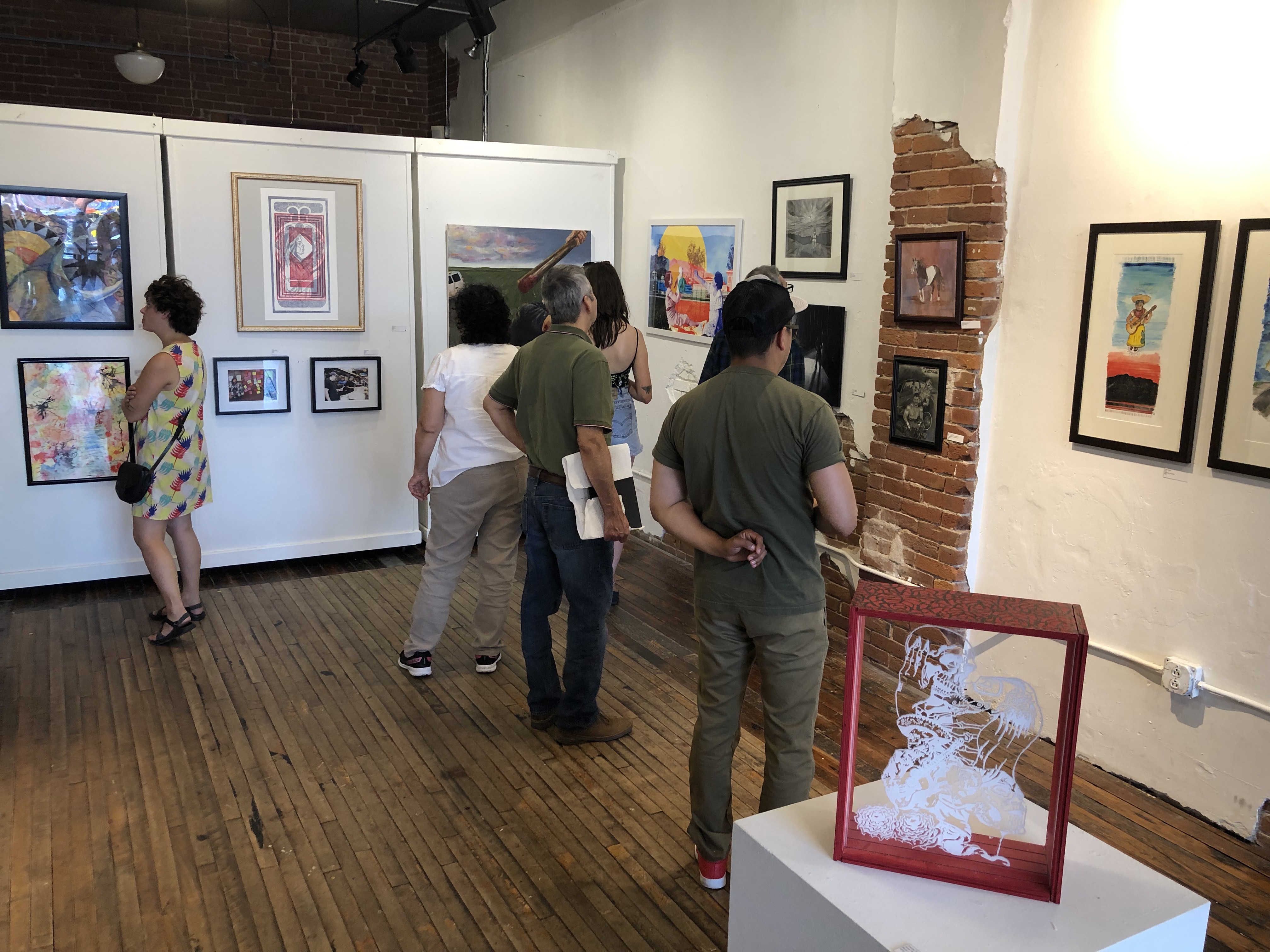
Elizabeth Orosco
Managing Editor
June’s First Friday in the Westside North neighborhood saw the work of various local artists at the Mattie Rhodes Center Chicano Pachanga.
Local vendors set up along the street, music played, and Hamburgesa Loca’s food truck offered tortas, tacos, flautas, and horchata.
Inside the Mattie Rhodes Art Gallery, visitors were able to view the Chicano: Pasado, Presente, y Futuro (Past, Present, and Future) exhibit.
The exhibit featured local artists and highlighted family, community, and love surrounding the Chicano experience and the importance within these subjects.
While the term “Chicano” originally was used as a derogatory label for Mexican-Americans, this began to shift during the Chicano Movement of the 1960s (El Movimiento) and the birth of Chicanismo, the ideology behind the movement that created a strong sense of Chicano self-identity.
The Chicano Movement of the sixties addressed a plethora of socio-political issues such as land grants, farm workers rights, education, voting, political rights, and demeaning stereotypes of Mexican-Americans, such as how they were portrayed in mass media.
This generation of Mexican-Americans was highly criticized on both sides of the border for being neither fully American nor fully Mexican; a people in-between.
A large building block at the core of the Chicano Movement was the use of art: visual art, music, literature, dance, theater, and other forms of expression that highlighted cultural pride.
At last weekend’s Mattie Rhodes’ Chicano exhibit, each artist depicted the Chicano experience through a different lens.
Megan Ganey, a multimedia digital artist from El Paso, Texas, combines photography, video, scanned negatives, and other digital media.
Ganey said to her, family is integral to the Chicano experience.

“Growing up in El Paso, I was immersed in the Latinx culture, but never realized how important it was to my identity until I moved to Kansas City,” she said, “partially because it was the first time that I had significant distance between me and my family. Spending time at my grandma’s house, eating communally (and often), sharing stories, having parties just to have parties, close relationships with my extended family; that feels very Chicano to me.”
Living in Kansas City as a Chicana, she said, has a different feel than when she lived in El Paso.
“There is a specific feeling living on the border, an in-between space that is not totally American or totally Mexican,” said Ganey. “That sense of community and blending of language, food, and spirituality shaped my experience. In the borderland, I was an El Pasoan; in Kansas City, a more segmented community, I am Latinx presenting as white. It has taken me a few years to find ways to bring my experience here by creating work that is tied to my family and my history and my identity as a biracial artist.”
Her work on display at the Pachanga was a mixture of old photographs layered with bright colors and shapes.
“My grandfather gave me a cigar box of negatives that belonged to his mother Flora,” said Ganey. “Like El Paso (my hometown) and the history it holds as ‘the pass,’ this work is the passage of a practice between generations. I use the layers between family history and detachment to create a space for reinvention and to produce surreal representations of interpersonal interactions; an alternative reality that tethers me to Flora. I mine for details and spend many hours highlighting details of personal interactions and unintentional moments caught in time. Focusing on people, I use the negatives, original photography and video, and found images to create work focused on connection and engagement.”
Cruz Martinez, originally from Los Angeles and raised in Kansas City, discussed his graphite portrait work entitled “Rey Mysterio and Eddie Guerrero.”
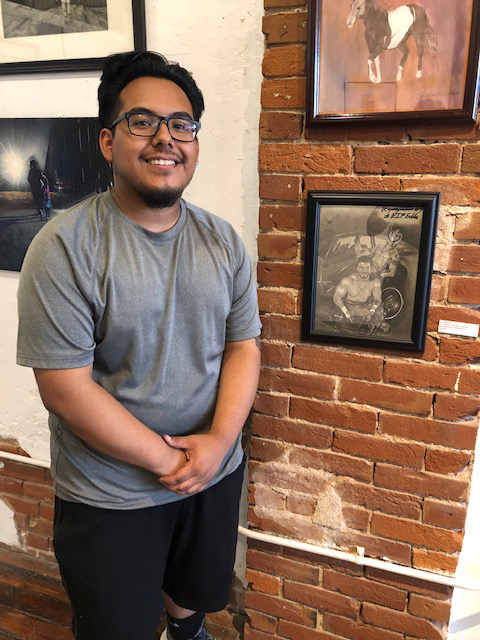
“Growing up, I was really into wrestling and these two are my favorite wrestlers growing up,” said Martinez. “Rey Mysterio is still wrestling and Eddie Guerrero passed away, sadly, in 2005. They were really close friends in real life and this was a photo shoot they did together and I know they’re both Chicano. I thought they really made a pivotal move for Hispanics in wrestling and I thought that was really cool, so I wanted to represent them and show my portrait work.”
Martinez said the Chicano experience is a spirit of perseverance.
“Chicanos have persevered so much in the U.S., like the way my dad got here,” he said. “Luckily he was able to do it legally, but his parents weren’t so fortunate. I know there’s a lot of struggle that we’ve been through, but we have been able to persevere through it, as many Chicanos have.”
Erick Felix, originally from Visalia, Calif., has been in Kansas City for five years. He is a local printmaker who also does hand lettering.
Felix said a lot of his work are portraits based off people and their experience.
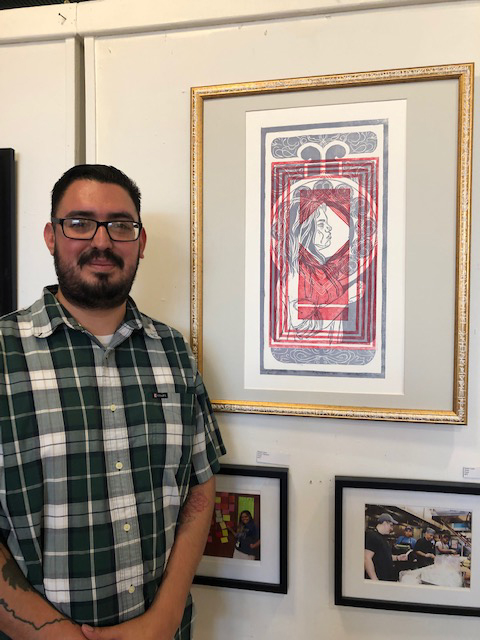
“This one specifically is about the Chicano culture, and how we are still in the small, immature state,” said Felix. “It’s based on this portrait of my cousin—she’s 17 and in her immature teen state. The Chicano culture is one that’s still fairly new and we inherited it from people before us, the same way my cousin inherited her lifestyle from her parents. We are just going through life and trying to find ourselves.”
Felix said to him, the Chicano experience is in emotion.
“For me, they key thing is about being a Chicano is loving hard and hating hard and being really emotional with ourselves and the people around us,” he said. “I think that’s one main difference from other cultures. It’s an embodiment of everything. It’s being able to accept it and put it out there, not only our background but who we are as people.”
Nicolas Ortega, also from Visalia, Calif., moved to Kansas City in 2014. His acrylic and graphite piece, “We’ve Come So Far” showed segments of different types of border walls that have been introduced, including the rendering of the latest version of the wall.
“We’ve come so far, but eventually it’s gonna come to an end to where you have to segregate people from one area from another, so on the far right, you see the wall starting to break down,” said Ortega. “We have a dark side, a light side, we have something we are coming from and something we are progressing to. That’s really where the inspiration came from. I reference different landscapes and that’s something I feel comfortable working with. It’s the most peaceful imagery to work with.”
Ortega said living in Kansas City has made him appreciate his culture and where he has come from.
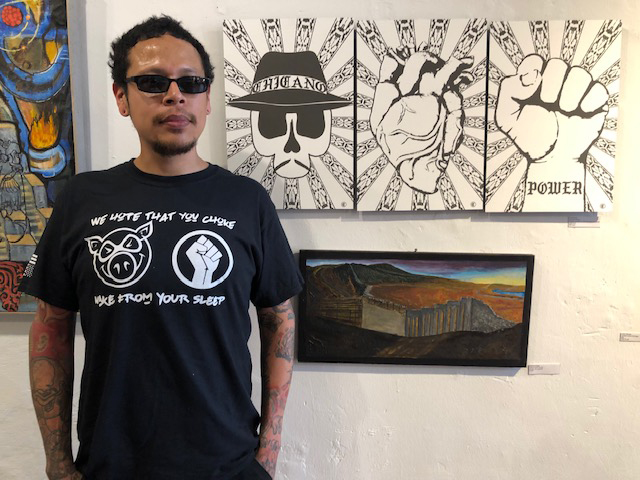
“Where I came from, I was inundated with everything, with the culture, and that’s what I was comfortable with,” he said. “I was also kind of rejected by the children of immigrants because I didn’t speak the language, so I was pushed away. I didn’t have any comfort there. Living here has definitely made me appreciate where I came from 100 percent.”
Ortega said he struggled with his art when he moved to Kanas City, trying to determine what he wanted to talk about and explore.
“What I did was explore my own personal history because nobody else can recreate that. Nobody else can copy that. I worked off where my family came from, Mexico, and that’s something I wanted to preserve. Where I went to school at, [the Kansas City Art Institute], nobody was doing that, so I felt like it was my chance to use my voice to explore where I came from and appreciate it. When I came out here, you don’t hear Mexican music everywhere, you don’t smell the bread cooking, and so when I was going to a panaderia, it felt like it was a little piece of me,” he said.
John Fierro, CEO of the Mattie Rhodes Center, said he ties the exhibit directly to the Chicano Movement of the 1960s.
“Some of the issues back then were public education, access to higher education, employment opportunities, economic opportunities, etcetera,” said Fierro. “To fast forward to where we are today in our city, the Northeast, and in the Westside, I think we are still struggling with access. We still are fighting to give our Latino community opportunity to be at the decision-making table with local government and with other civic boards and commissions. We really need to be at the table to influence decisions that result in resources for our community.”
Fierro added that it is imperative to highlight the issues and history of the Chicano culture.
“The art engages individuals to ask questions and to remember that our history, while unique, there are still some challenges we had 40 or 50 years ago that are still present today,” he said.
The Chicano exhibit will be on display until Saturday, June 22 at the Mattie Rhodes Art Gallery at 915 W. 17th St.



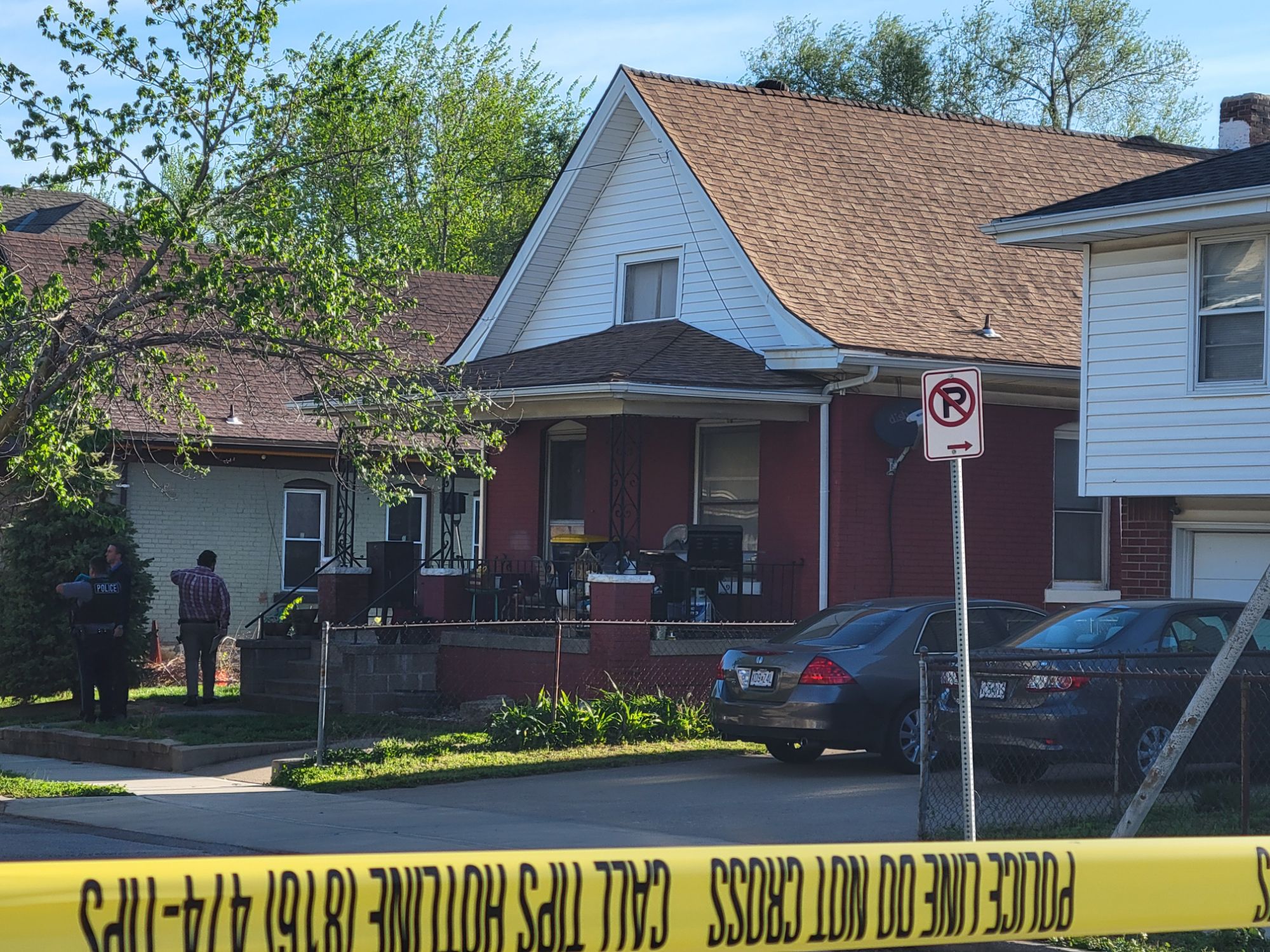
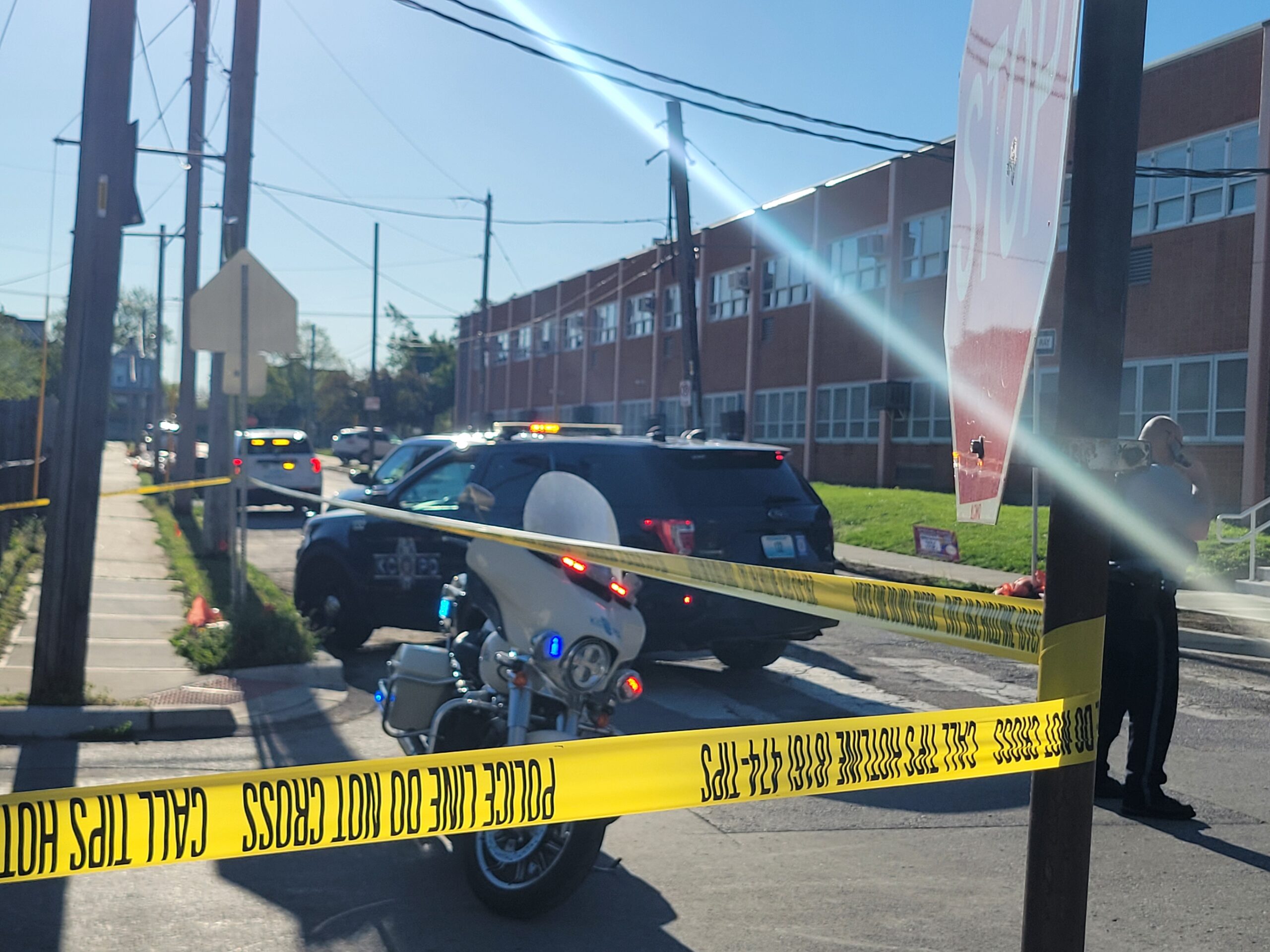















Comments are closed.